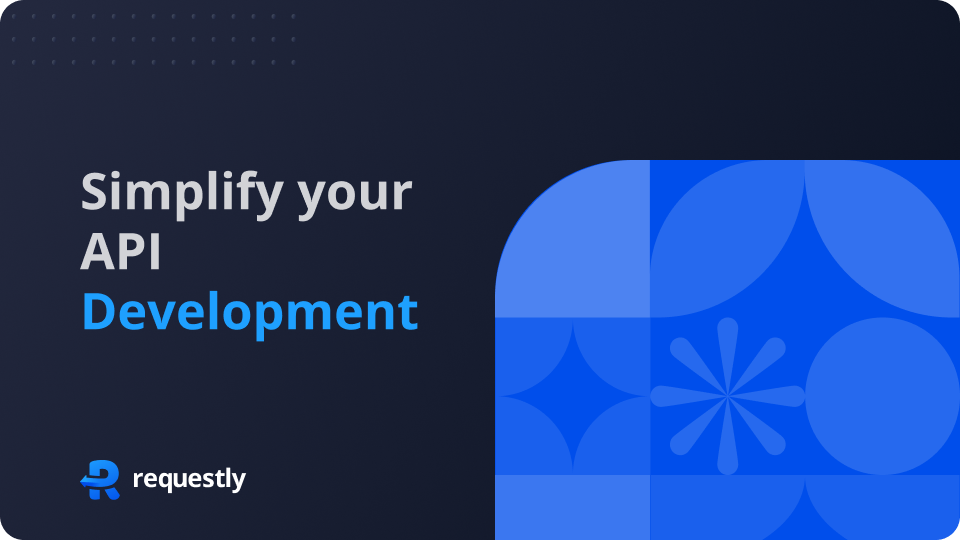Common Challenges in API Development & How Mocking is Helpful
Kanishk Rawat
April 9, 2025
2MIN READ
API development can hit snags: external API downtime or slow internal API. It slows us down & impacts app reliability. But fear not! API mocking is here to help

API Development can be tough. However, things don’t go smoothly. For instance, when other companies’ APIs go offline or our own endpoints are slow. This can lead to delays in our work and make our apps less reliable. On the bright side, there’s a solution called API mocking. It can help us work around these problems and make our development process faster and smoother.
Common API Development Challenges
- Third-party API Downtime: The reliance on external services can grind development to a halt when these services go offline. This downtime halts progress, disrupts testing, and impacts user experience.
- Slow Endpoints: Some APIs suffer from sluggish response times, negatively impacting overall application performance. Slow endpoints can frustrate users and hinder the application’s scalability.
- Development Bottlenecks: Waiting on other teams’ API development can create frustrating delays in progress. This dependency slows the entire development cycle and can lead to missed deadlines.
- Inconsistent Data: Variations in data returned by external APIs or unexpected structural changes can lead to integration headaches. Inconsistent data can result in errors and unexpected behavior within the application.
- Versioning and Compatibility: As APIs evolve, maintaining compatibility with existing integrations and clients becomes challenging. Implementing clear versioning policies and deprecation strategies is essential.
The Role of API Mocking in Overcoming Challenges
- Mimicking API Behaviour: API mocking allows developers to replicate API behavior, including responses, without relying on the actual service. This enables continuous development and testing, even when the actual API is unavailable.
- Reducing Downtime Impact: Even when third-party services are down, development and testing can proceed uninterrupted with the help of mocking. This ensures that progress is not hindered by external factors.
- Boosting Development Speed: With instant responses from mocks, development, and testing processes can accelerate significantly. Developers can iterate more quickly and identify issues earlier in the development cycle.
- Ensuring Consistent Test Data: Configurable mocks offer consistent and predictable data, enhancing the reliability of testing environments. This consistency simplifies testing and helps identify issues more effectively.
Real-world Examples of Successful API Mocking Implementations
- Netflix: Netflix uses API mocking to mimic interactions between different micro-services. This helps ensure that everything works smoothly in their distributed systems, making their streaming platform more reliable and faster.
- Spotify: Spotify relies on API mocks to thoroughly test how their platform integrates with other services. This guarantees a smooth and reliable music streaming experience for Spotify users.
- Uber: Uber uses API mocking to test their app in various network conditions and with different third-party services. This ensures that Uber remains reliable and responsive, no matter the situation.
- Shopify: Shopify uses mocked external payment gateways during development and testing to keep its e-commerce platform robust and responsive. This ensures that Shopify can handle different payment scenarios without any hiccups.
Conclusion
API mocking is a powerful tool for developers facing challenges in API development. By accurately mimicking API behavior, it helps mitigate risks such as downtime and provides a reliable testing environment. This results in faster and more efficient software development processes.
Further Reading
Written by
Kanishk Rawat
Kanishk Rawat, a tech enthusiast since childhood, has mastered programming through dedication. Whether solo or in a team, he thrives on challenges, crafting innovative solutions .
Contents
Subscribe for latest updates
Share this article
Related posts





















